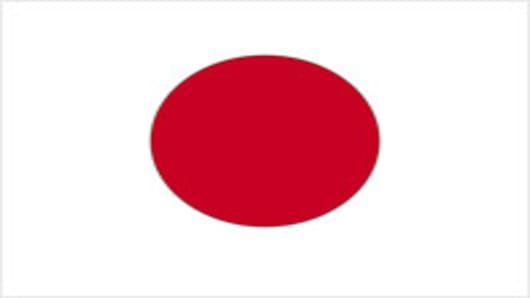Japan's exports rose a little more than expected in February from a year earlier as solid shipments of Japanese goods to Asia and Europe made up for a fall in exports to the United States.
But some analysts doubt if Japan will really decouple from the United States in coming months, and they remain worried about the outlook for the U.S. economy -- still a major destination for Japanese exports.
"The biggest risk to Japan's exports is the United States," said Junko Nishioka, Japan economist at ABN Amro. "If a U.S. slowdown continues to an extent that cannot be offset by demands
from Asia and Europe, Japan could no longer rely on decoupling."
Overall exports rose 8.7 percent in February from a year earlier as robust shipments of cars and steel to Asia and Europe-bound exports of audio equipment and construction and mining machinery cushioned the blow of sluggish U.S. demand.
Exports to the United States fell 6 percent from the same month last year, marking the sixth straight month of decline.
But those to China, now the No. 1 buyer of Japanese goods, rose 14.9 percent in February. "The data confirms that underlying exports are surprisingly strong," said Junko Sakuyama, an economist at Dai-ichi Life Research Institute. "It seems the U.S. economic slowdown hasn't hurt the global economy much yet."
Financial markets showed little reaction to the data as they are more focused on a spreading credit crisis and a slowing U.S. economy.
Exports to the European Union grew 7.2 percent.
Economists have warned that exports, the key driver of Japan's economic recovery, could lose steam in the first half of this year as the global credit turmoil shows no sign of abating.
Government data this week showed Japanese companies have turned pessimistic about business conditions, as a spike in oil and many other raw material costs have squeezed profit margins.
Economists now expect the Bank of Japan's closely watched tankan survey due out on April 1 to show a broad slide in the business mood as well as lackluster capital spending plans.
The central bank, now without a full-time governor for the first time in more than 80 years, is expected to keep interest rates on hold for the time being.
But some market players have been speculating that a rate cut could be on the table as early as its next policy review on April 8-9. Financial markets are pricing in about a 20 percent chance of a rate cut by June.
Acting governor Masaaki Shirakawa said on Tuesday that downside risks for the economy were growing and the outlook was uncertain.
But he also said interest rates need to be raised from the current low 0.5 percent if the economy looks like staying on track for sustained growth.


